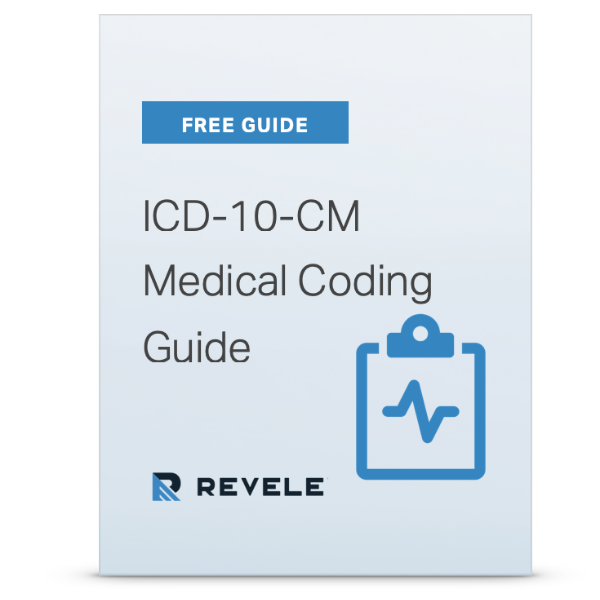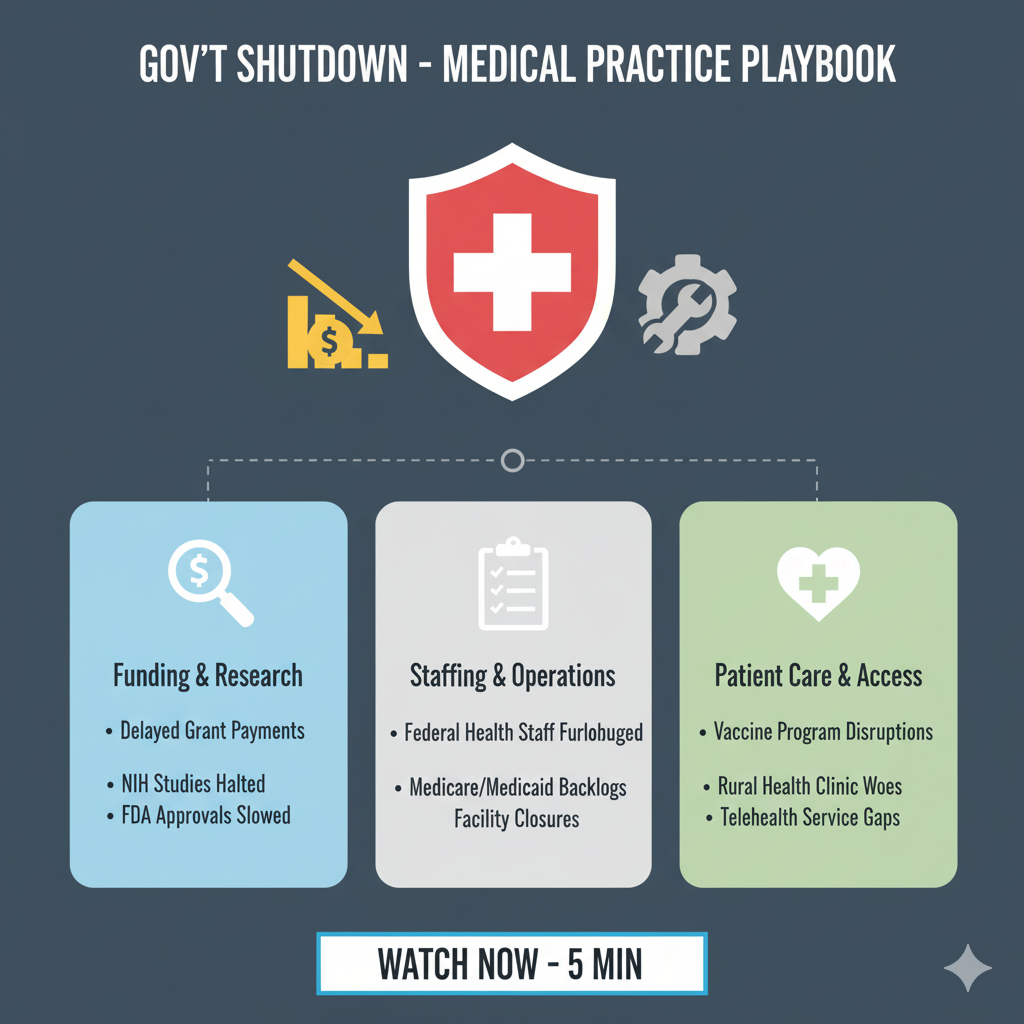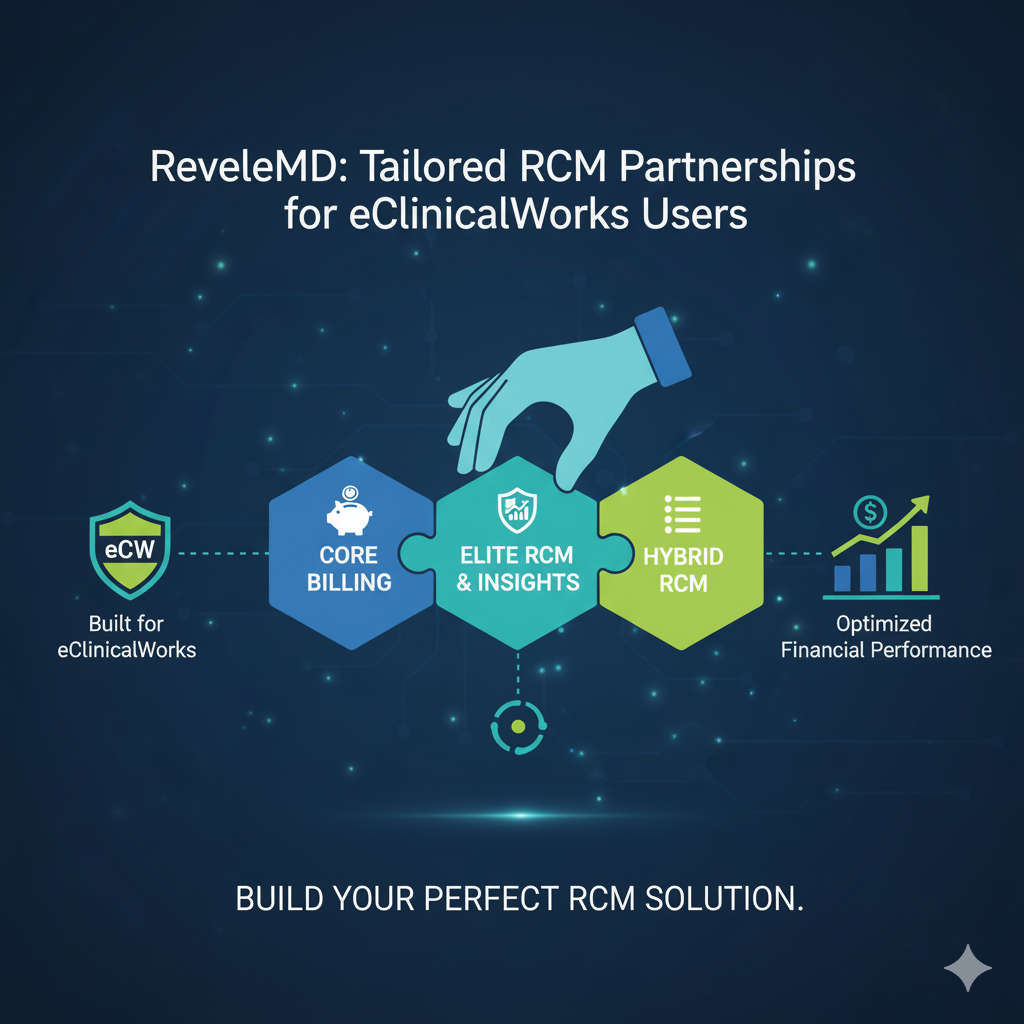Are denials and write-offs spiraling out of control? It might be time to revisit your accounts receivable strategy. An effective healthcare AR strategy can lead to faster payments and overall better financial performance, but with AR being such a complicated process, where should you start?
I recently met with Christina Harkins, a Client Performance Manager here at Revele, to get some insider advice on how practices can improve revenue cycle management by building a more effective accounts receivable strategy.
The Importance of EFTs and ERAs
First, Christina points out that practices "absolutely must look at Electronic Funds Transfer (EFT) and Electronic Remittance Advice (ERA) enrollments for all payers when possible." To start this process, you can first identify paper payments and remittances received and then determine if EFT and ERA enrollments are available. Doing so can expedite the delivery of payments and make it easier to reduce posting errors.
Because most payers are now allowing EFT and ERA enrollments, you can focus on ERAs to see trending data of payments, underpayments, and denials.
Determine the Root Cause of Denial Trends
The second AR recovery strategy is to determine the root cause of the denial trends you are seeing. When working insurance claim denials, it is essential to identify payer trends and the root cause of denial trends and create action plans to prevent future related denials.
Christina also points out the importance of understanding the payer's CAS Codes. While payers use the same CAS Codes nationwide, not all payers use CAS Codes in the same way.
Because of this, it's essential to keep in mind that there could be a discrepancy between how the CAS Code is interpreted. For example, Blue Cross Blue Shield might use CAS Code 197 (authorization required) to deny claims not processed due to credentialing related issues. In contrast, we often see small insurance companies using CAS Code 197 as pre-certification/authorization/notification absent in its truest sense. Because CAS Codes can be interpreted differently, denials should not be worked solely by definition of the CAS Code.
Instead, review CAS Codes by payer group and link CAS Codes based on your knowledge of the specific payer using them. Identify payer trends and begin determining the root cause of the denial, and you can correct multiple denials at a faster pace.
Claims Submitted with No Response
Claims submitted that don't receive a response are perhaps one of the biggest challenges because those in charge of claim follow up tend to think, "I'll give it more time," assuming a response is just around the corner. However, this isn't always the case, and no response at all is possibly the worst response you could receive.
Knowing how long an insurance company typically takes to accept and then process a claim as well as state insurance processing and payment laws can largely benefit your AR recovery strategy. Knowing the respective state prompt pay statutes allows you to use these statutes as leverage to reduce delays in claims processing.
Various reporting techniques can be used to identify claims that have been submitted, but no acknowledgment has been received from the payer. These reports will help you take action and resubmit with no additional aging of the claim or delay in reimbursement. However, you should identify why the initial claim was not received before submitting again, or you could contribute to further delays or no responses.
Engage Patients When Necessary
The fourth accounts receivable recovery strategy is to reach out to your patients when necessary. Patient outreach includes creating letters to your patients to request help in the claim resolution process.
The letter should cover the coordination of benefits, delays in the processing of payments by insurance, demographic related information required from insurance, and why insurance is delaying or not processing the claim(s).
When reaching out to the patient to ask for help or information, let the patient know all of the efforts you have already taken to get their claim paid. Sharing this information with the patient can build trust that you are doing your best to work with the insurance company to process it. Patients are typically eager to help when there are issues with the insurance company during the claims processing cycle.
A/R OPTIMIZATION SERVICE
Speed-up payments with A/R Fuel
Quickly convert aged A/R into cash flow.








